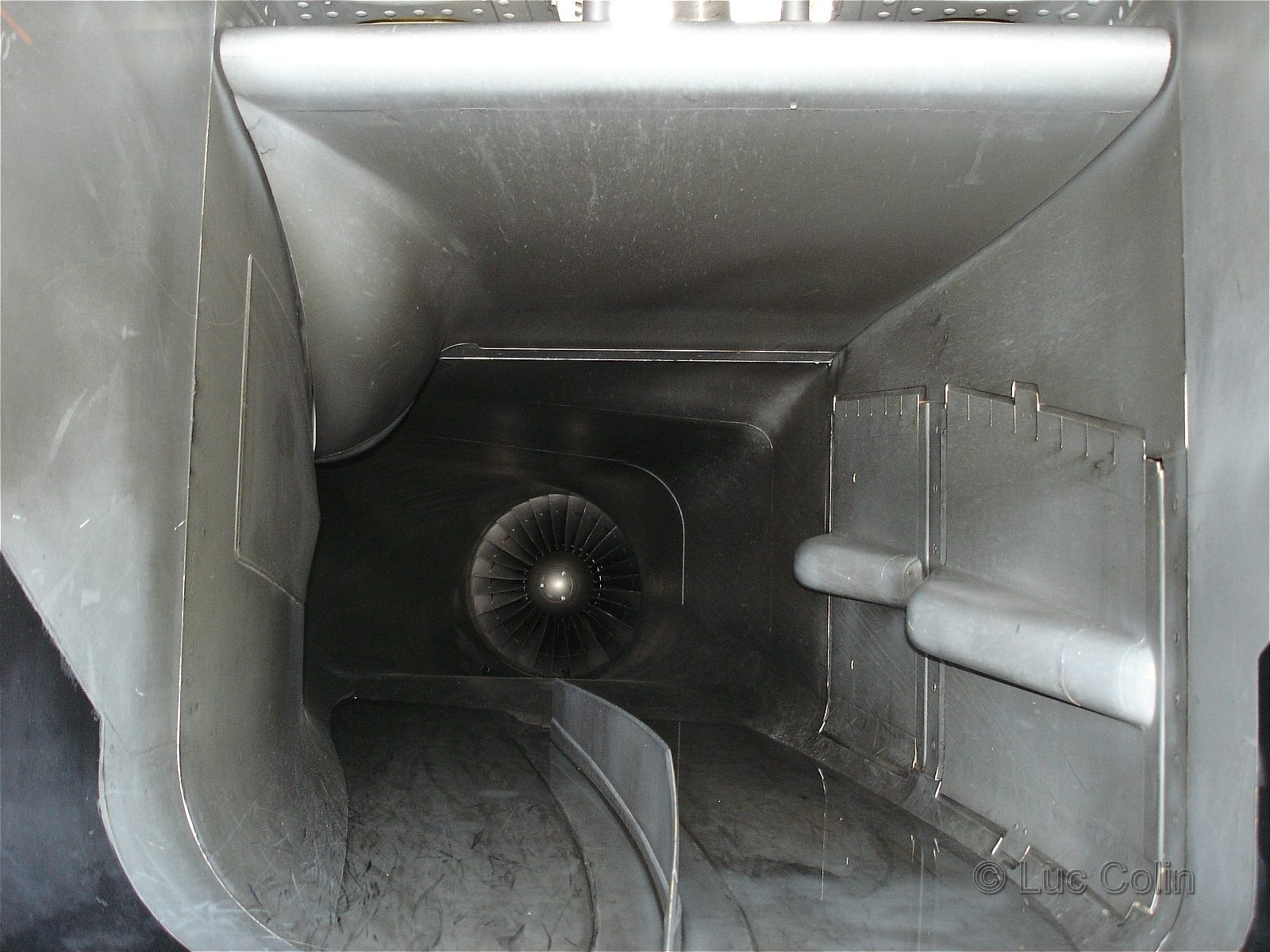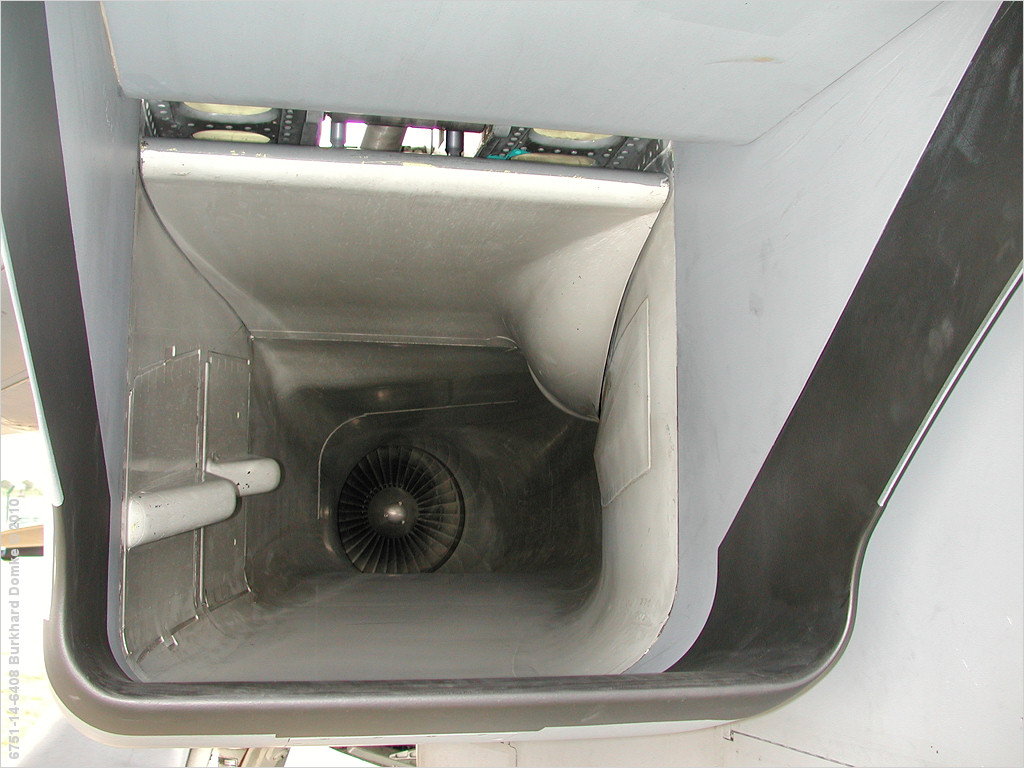Tornado F3 - asymmetric engine configuration ?
Thread Starter
Tornado F3 - asymmetric engine configuration ?
An F-14 exchange pilot was talking about his time on an F3 squadron around about the time that the squadron relocated from Coningsby to Leuchars. He admittedly poured scorn on the abilities and lack of sophistication of the F3 compared to the F-14D he transitioned from, but reserved especially harsh comments for the donks claiming that the 2 engines were not only grossly under-powered at altitude (hardly a new critique) but were also asymmetrically configured, one optimized for low level flight and the other for high level flight, even to the extent of one intake being fitted with strakes to optimise airflow while the other was not.
This doesn’t make much sense to me but the guy had over 600 hours on type over a period of 3 years so I assume he knew what he was talking about, is there any truth to this set-up in the F3 and if so what is the logic behind it ?
This doesn’t make much sense to me but the guy had over 600 hours on type over a period of 3 years so I assume he knew what he was talking about, is there any truth to this set-up in the F3 and if so what is the logic behind it ?
Its been a while, but my recollection is that the intake strake arrangement did differ. If there were no strakes the port engine intake would present airflow to the face of the compressor right to left as viewed from the front and the starboard one left to right as viewed from the front. Both engines rotated in the same direction so without strakes the airflow would differ as it entered each engine.
Ecce Homo! Loquitur...
From elsewhere - There are fences in both intakes But in different places. One intake is optimised for high AOA, and the other for low speed airflow. The idea is that it's less likely that gross mishandling will flame-out both engines at the same time.....
Cowl fence in the left hand intake, duct fences in the right. (P1420 below)
http://www.icas.org/ICAS_ARCHIVE/ICA...S-82-4.8.1.pdf
Cowl fence in the left hand intake, duct fences in the right. (P1420 below)
http://www.icas.org/ICAS_ARCHIVE/ICA...S-82-4.8.1.pdf
The Lightning evaluated, and possibly used anti swirl vanes as standard in the engine intake.
I recall 'sitting in' on the RR trials in a T5; the modifications were proposed for T55 (circa 1971)
The engine tests were at low level and started at 650 kts with max power; cut to idle and then slam back to full power. Not even a rumble.
The modification was for several large swirl vanes positioned on the lower surface of the intake aft of the radar bullet ( left side only ?); was this a fleet-wide mod in later years ?
I recall 'sitting in' on the RR trials in a T5; the modifications were proposed for T55 (circa 1971)
The engine tests were at low level and started at 650 kts with max power; cut to idle and then slam back to full power. Not even a rumble.
The modification was for several large swirl vanes positioned on the lower surface of the intake aft of the radar bullet ( left side only ?); was this a fleet-wide mod in later years ?
Join Date: Dec 2013
Location: UK
Posts: 22
Likes: 0
Received 0 Likes
on
0 Posts
I was a member of the RB-199 Repair Engineering team at RR Filton towards the end on the 1990s. I never came across anything to suggest that individual engines were configured for low v medium/high altitude performance other than the difference between engine marks as part of the development/upgrade path (including mods).
Join Date: Feb 2006
Location: Hanging off the end of a thread
Posts: 33,082
Received 2,942 Likes
on
1,253 Posts
As an ex Sootie, that must have made crawling down the intake with the vane interesting..
crawling down the stb Jaguar one was fun enough without steps.
..
crawling down the stb Jaguar one was fun enough without steps.
..
Last edited by NutLoose; 18th Dec 2020 at 23:47.
Thread Starter
Excellent information as always, thanks all. My guess is that the asymmetric intake configuration somehow got him confused. I managed to track down the interview on YouTube if you can spare 15 minutes to watch it he makes some interesting observations, not least of which is his statement that the RB199 is in fact a turbojet - oops.
I haven’t seen the interview but could “high and low alpha(or attitude) ” have been misheard as “high and low altitude”? Two nations separated by a common language and all that!
Ecce Homo! Loquitur...
Those will be the early ones with a time between changes of around 70-80 hours, before the ones with single crystal turbine blades developed with Saudi money started to reach the front line?

Its been a while, but my recollection is that the intake strake arrangement did differ. If there were no strakes the port engine intake would present airflow to the face of the compressor right to left as viewed from the front and the starboard one left to right as viewed from the front. Both engines rotated in the same direction so without strakes the airflow would differ as it entered each engine.
The engine cycle was optimised for fuel efficiency and range. That is why it had the high bypass ratio.





